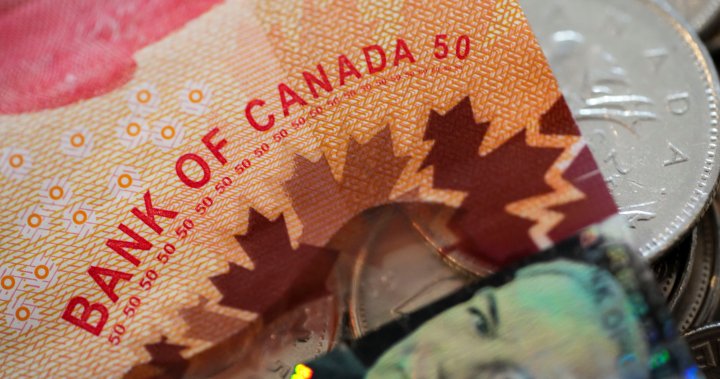The Bank of Canada announced a 0.5 percentage point reduction in its policy interest rate on Wednesday, bringing the rate down to 3.25%. This marks the fifth consecutive rate cut and the second in a row at this magnitude. While the move was anticipated by market analysts and economists in light of Canada’s economic slowdown, the Bank signaled a potential shift towards a more cautious approach to future rate adjustments. Governor Tiff Macklem emphasized that with substantial cuts already implemented, subsequent decisions will be made on a meeting-by-meeting basis, guided by incoming data and its impact on the inflation outlook. He hinted at a more gradual pace of easing if the economy performs as projected.
The central bank’s policy rate plays a crucial role in influencing borrowing costs across the Canadian economy. It serves as a benchmark for interest rates on mortgages, loans, and other forms of credit. By lowering the policy rate, the Bank aims to stimulate economic activity by making borrowing more affordable, encouraging businesses to invest and consumers to spend. Conversely, raising rates helps curb inflation by slowing down spending and investment. This delicate balancing act is central to the Bank’s mandate of maintaining price stability and supporting sustainable economic growth.
While recent data shows inflation has returned to the Bank of Canada’s two percent target, other economic indicators paint a less optimistic picture. The November unemployment rate exceeded expectations, and real GDP growth in the third quarter fell short of the Bank’s projections. Governor Macklem further indicated that growth in the final quarter of 2024 is also anticipated to be weaker than previously forecast. These developments underscore the complexities of the current economic landscape and the challenges facing policymakers.
Adding to the uncertainty are several emerging factors that could significantly influence the inflation outlook. The federal government’s temporary GST holiday on certain goods is projected to reduce inflation to around 1.5% in January, but this effect is expected to be temporary, reversing once the holiday concludes in mid-February. The Bank intends to “look through” such temporary effects and focus on underlying trends when making policy decisions. The potential for tariffs imposed by the incoming US administration, and Canada’s potential retaliatory measures, further cloud the economic horizon, making it difficult to predict their impact on inflation and overall economic activity.
The uncertainty surrounding these trade policy developments complicates the Bank’s efforts to forecast the economic trajectory and its implications for inflation. The extent to which these tariffs are implemented, and the nature of any countermeasures taken by Canada, will play a crucial role in shaping the economic landscape in the coming months. The Bank will need to carefully consider these unpredictable factors as it navigates the challenging task of balancing inflation control with the need to support economic growth.
Looking ahead, the Bank of Canada will incorporate these multifaceted factors into its updated forecasts, which will be released alongside its next interest rate decision on January 29th. These forecasts will provide a more comprehensive assessment of the Canadian economy’s prospects, taking into account the evolving economic data, the impact of the GST holiday, and the potential consequences of trade policy developments. The central bank’s ongoing commitment to data-driven decision-making will be crucial in navigating these uncertain times and ensuring that monetary policy remains appropriately calibrated to support sustainable economic growth and maintain price stability.










